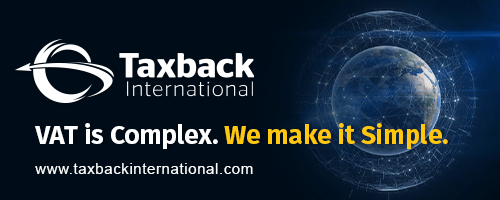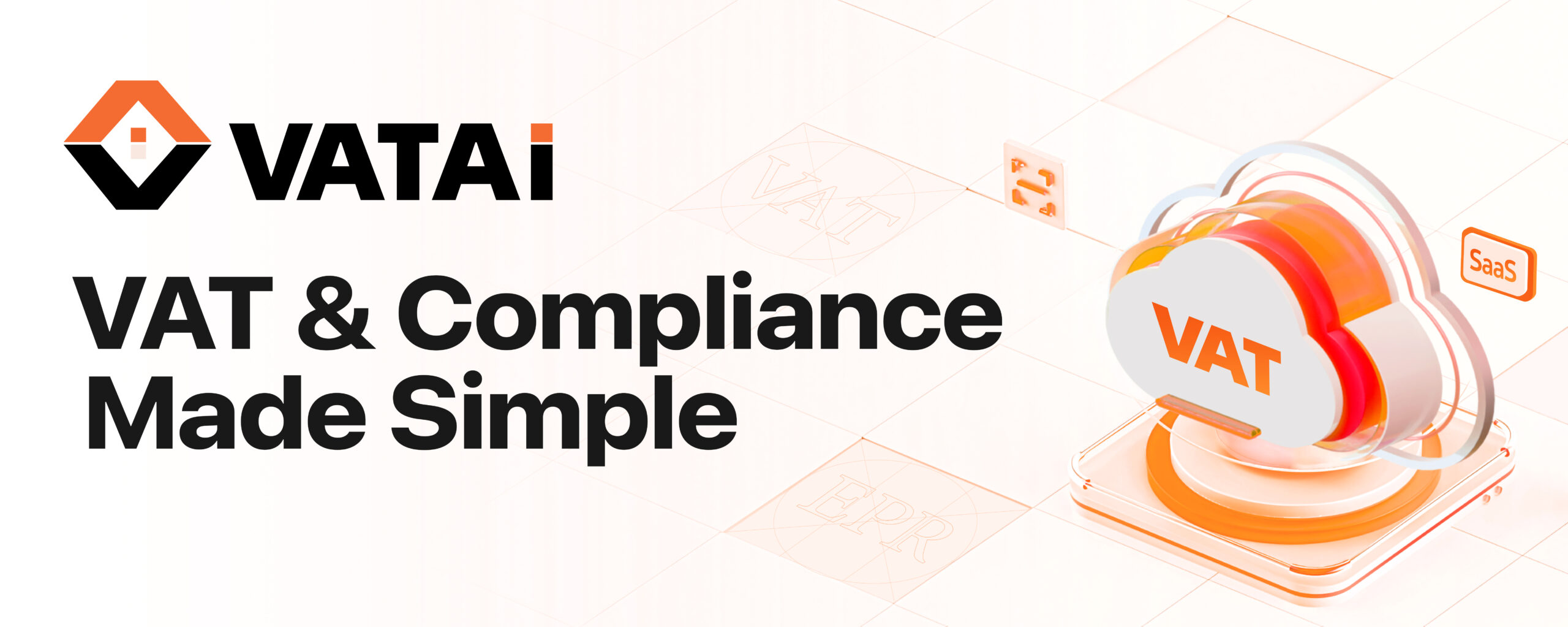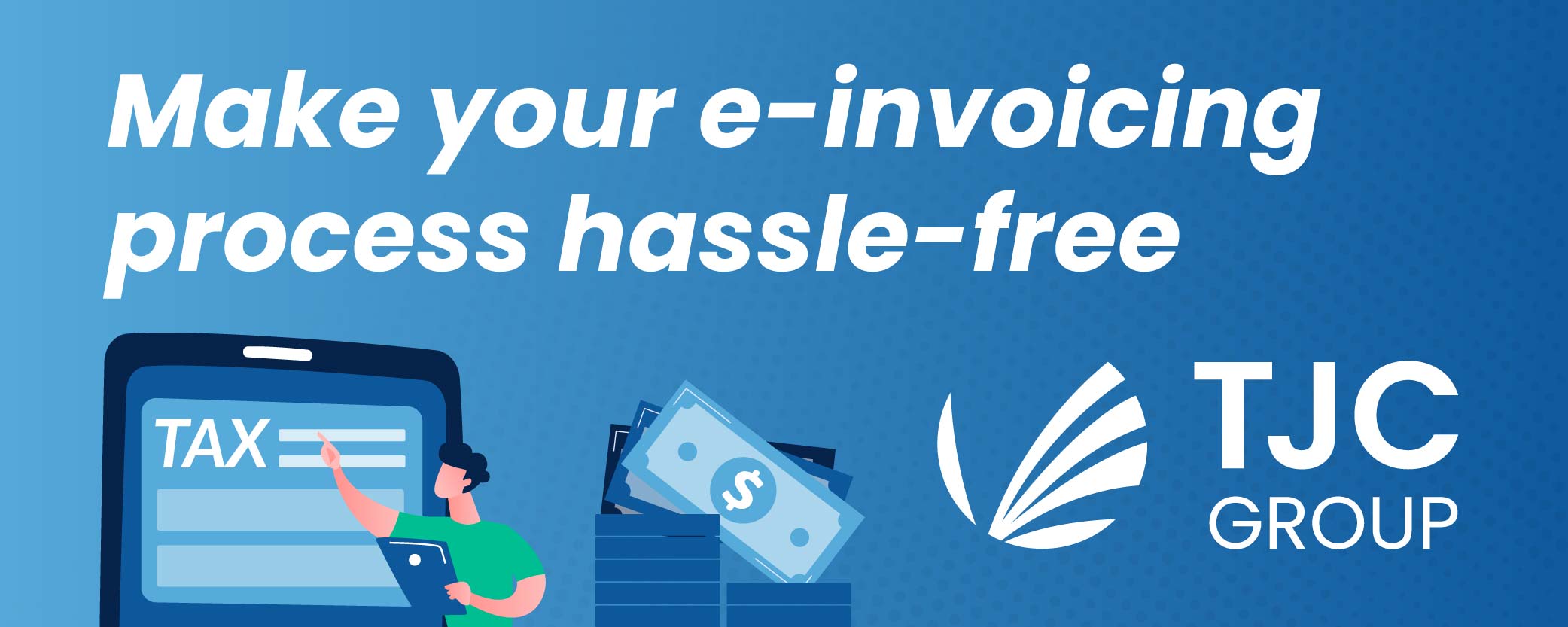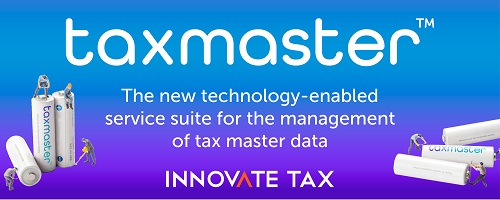As part of the transition to an all-digital economy, tax authorities around the world are implementing various forms of e-invoicing and/or continuous transaction controls (CTCs) to gain more control over—and insight into—business transactions, both within their borders and cross-border.
In this three-part series, we will explain what e-invoicing/CTC is, how it works, why it is gaining popularity, what technology and compliance challenges e-invoicing presents to corporate tax, finance, and IT teams, and share some best practices for doing business in an e-invoicing/CTC regime.
- What is the difference between e-invoicing and continuous transaction controls (CTCs)?
- Why e-invoicing? Why now?
- How companies benefit from e-invoicing
Source: Thompson Reuters















